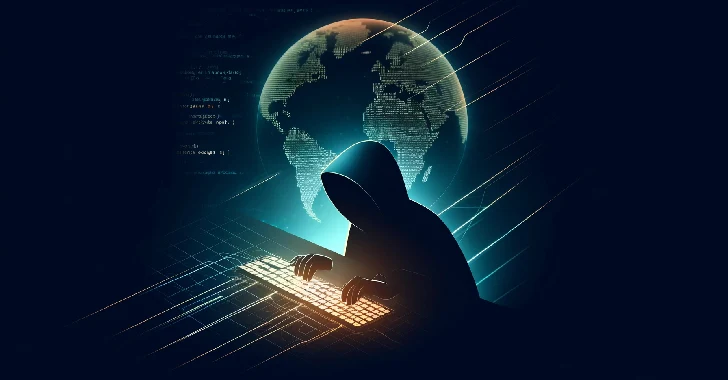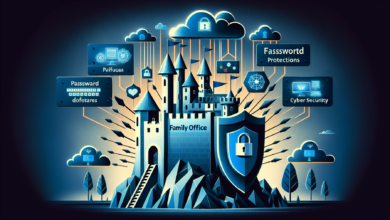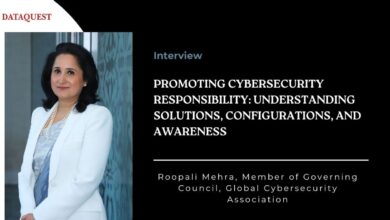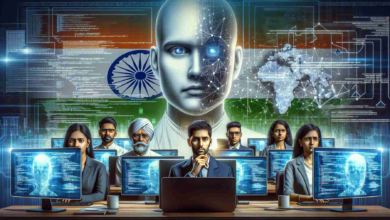Sudip Bannerjee of Zscaler Highlights the Critical Need for Election Cybersecurity
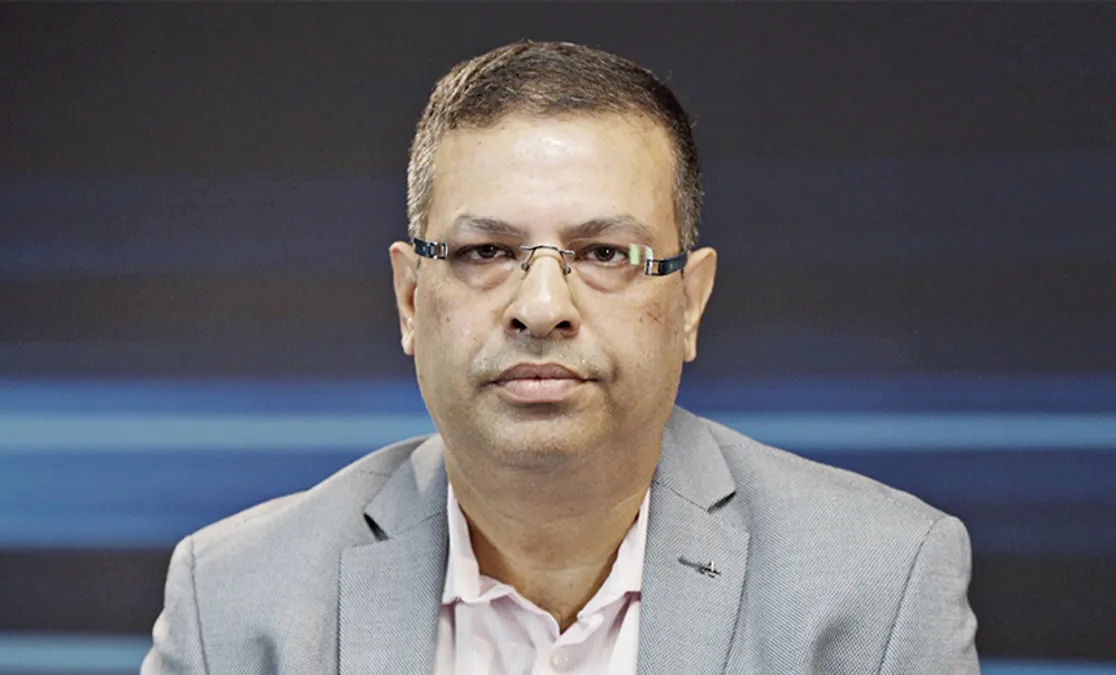
Cybersecurity remains a critical concern, especially in safeguarding our democratic processes and supporting digital transformation across sectors. In an era where digital interconnectivity permeates every aspect of life, safeguarding elections from cyber threats has never been more crucial. Sudip Bannerjee, Field CTO-APJ of Zscaler, recently held a critical discussion on election cybersecurity amid ongoing general elections 2024, sharing insights from high-stakes scenarios like those in India. Excrepts:
Can you discuss the importance of safeguarding elections from cyber threats. How crucial is this for maintaining the integrity of democratic institutions?
Sudip: The significance of protecting elections from cyber threats cannot be overstated. This issue gained prominence during the last US elections, and since then, it has become a global concern. The digital era has connected everyone, making information ubiquitous and easily accessible through the internet and mobile devices. This digital interconnectivity has given rise to a new battleground where misinformation and cyber threats can significantly impact public opinion.
Elections are critical times when citizens are highly engaged, making them more susceptible to misinformation and cyber threats. Social media and other digital platforms are often used to influence voter behavior through fake news, deepfakes, and other malicious activities. The perpetrators of these acts exploit the public’s heightened state of engagement during elections to spread misinformation quickly and widely.
At Zscaler, while we primarily serve commercial enterprises rather than the public directly, we do see shades of these threats in the corporate world, especially during election periods. The challenge is that these threats are evolving with technology, making it increasingly difficult to distinguish between genuine and fake content. This scenario underscores the need for robust cybersecurity measures to protect the integrity of elections and, by extension, our democratic institutions.
Can you share any specific challenges or incidents that have emerged in the APJ region?
Sudip: While the most notable discussions around election cybersecurity often focus on the US, the APJ region also is not immune to these issues. One significant challenge we face is the sharp profiling of electorates. Cyber actors gather extensive data from social media and other sources to segment and target voters with precision. This profiling can be legitimate when used by authorized political campaigns, but it becomes problematic when malicious actors use it to influence elections for their own gain.
In the APJ region, we’ve observed incidents such as voice phishing (vishing) and the use of deepfakes to impersonate prominent figures. These tactics are designed to manipulate public opinion and sow confusion. While concrete statistics on these incidents are scarce, it’s clear that cyber threats during elections are a growing concern.
The Zscaler AI Security Report 2024 reveals that India generates 16% of global enterprise AI transactions, making it the second highest globally and the highest in the APAC region. This is due to India’s strong emphasis on technology adoption, a high concentration of tech jobs, and fewer barriers to innovation. The Indian government’s “Viksit Bharat” vision for 2047 underscores AI as a crucial factor for progress.
The Zscaler ThreatLabz 2024 Phishing Report indicates that India experienced over 79 million phishing attacks in 2023, ranking third globally after the U.S. and the U.K. The surge in phishing attacks is attributed to India’s expanding digital infrastructure, increasing number of internet users, and extensive online financial transactions. India is the most targeted country in the APJ region for phishing, with the technology sector being the most affected, followed by the manufacturing sector, which saw a 31% increase in attacks from 2022 due to greater digitalization and IoT/OT deployments.
How do you see the role of AI and ML evolving in the realm of election security? Are there any specific AI-driven solutions that have shown promise in detecting and mitigating threats?
Sudip: AI and ML are double-edged swords in the context of election security. On one hand, they empower bad actors to create sophisticated fake content, such as deepfake videos and audio clips, which are difficult to detect with the naked eye. On the other hand, AI and ML also provide powerful tools for defending against these threats.
What opportunities Zscaler sees in India to implement on cybersecurity. Mention any collaboration activities with the Indian Government?
Sudip: We are deeply involved in India’s cybersecurity landscape since 2014, leveraging the country’s rapid digitalization for significant growth. With a substantial portion of its workforce stationed across five major Indian cities, Zscaler has established itself as a key player in the market. Collaborating closely with leading companies, banks, and integrators, We have built strong partnerships and achieved remarkable market penetration, serving over 50% of IT services companies and securing top private banks, pharmaceutical giants, and manufacturing conglomerates.
In addition to its commercial success, we are actively engaged in enhancing cybersecurity in collaboration with the Indian government. Initiatives such as Cyber Surakshit Karnataka, focusing on Zero Trust cybersecurity frameworks, and Zero Trust Security Education, in partnership with the Ministry of Information Technology (MeitY), demonstrate our commitment to supporting India’s digitalization efforts with robust cybersecurity solutions and education programs.
How can governments and election commissions strengthen cyber defenses for democratic processes? What policies or regulations could help?
Sudip: Strengthening cyber defenses for elections requires a multi-faceted approach involving governments, election commissions, and other stakeholders. Policies like India’s Digital Personal Data Protection Act (DPDP) are a step in the right direction. This act emphasizes the importance of handling personal data securely and imposes significant penalties for data breaches, which can act as a deterrent to negligent practices.
Additionally, regular public awareness campaigns by government entities, like the Reserve Bank of India’s advisories on financial fraud, can help sensitize the public to potential cyber threats. Ensuring robust incident response mechanisms and mandating timely reporting of cyber incidents are also crucial.
What proactive defense strategies can organizations adopt to fortify their cybersecurity posture, especially in light of observations from election-related cyber threats?
Sudip: Organizations can learn from the heightened cyber threat environment during elections to strengthen their own defenses. Key strategies include:
1.Enhanced Security Operations Centers (SOCs): Investing in advanced tools and skilled personnel to monitor and respond to threats in real-time.
2. Phishing Simulations and Training: Regularly conducting phishing simulations to train employees on recognizing and reporting suspicious activities.
3. Adoption of Advanced Technologies: Moving beyond traditional network and security technologies to adopt disruptive technologies that offer better scalability and security, such as cloud-based security solutions.
4. Regulatory Compliance: Adhering to regulations like the DPDP Act and guidelines from bodies like CERT-In to ensure data protection and incident reporting.
Given the escalating sophistication of cyber attacks, what strategies can be employed to enhance public awareness and understanding of cybersecurity issues?
Sudip: Enhancing public awareness requires a concerted effort from various sectors:
1. Government Campaigns: Continuous public education campaigns by government agencies to inform citizens about common cyber threats and best practices for staying safe online.
2. Collaborative Efforts: Partnerships between government agencies, cybersecurity firms, and educational institutions to develop comprehensive awareness programs.
3. Media Involvement: Utilizing media platforms to disseminate information on cybersecurity, including real-life case studies and expert advice.
4. Incorporating Cybersecurity Education: Integrating cybersecurity education into school curricula to build a foundation of knowledge from a young age.
The collaboration between government agencies, cybersecurity firms, and other stakeholders is crucial for election security. Can you share any successful collaboration models from past elections that could be replicated or improved upon?
Sudip: While specific details on collaboration models are often not public, we can draw insights from known practices. Successful models typically involve:
1. Information Sharing: Establishing platforms for real-time information sharing between government agencies, cybersecurity firms, and critical infrastructure providers to quickly identify and respond to threats.
2. Joint Training Exercises: Conducting joint cyber defense exercises to simulate potential attack scenarios and improve coordinated response strategies.
3. Public-Private Partnerships: Developing strong public-private partnerships to leverage the expertise and resources of both sectors in safeguarding election infrastructure.
These collaborative efforts, if tailored and enhanced, can significantly bolster the security of elections and other critical democratic processes.
